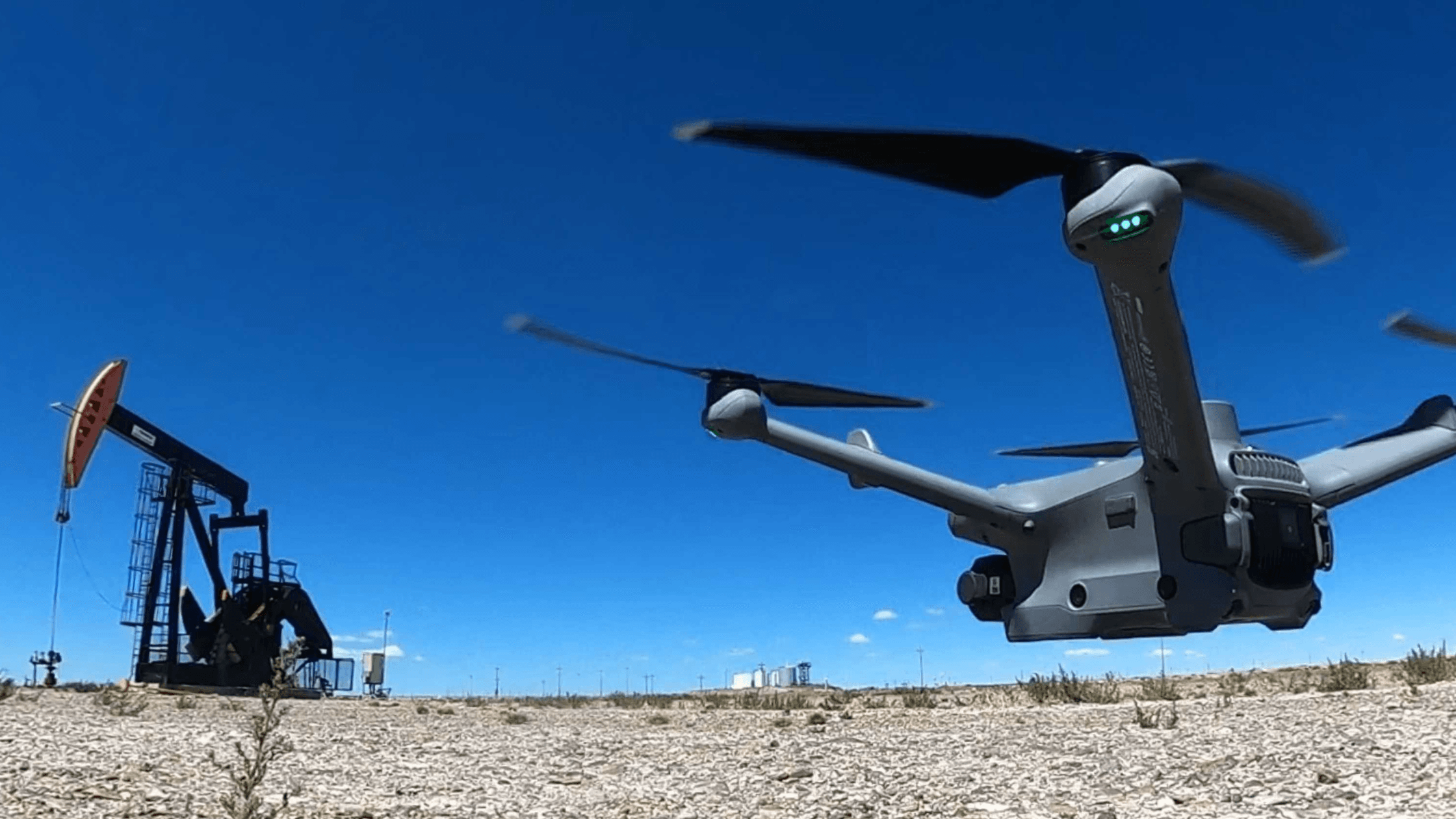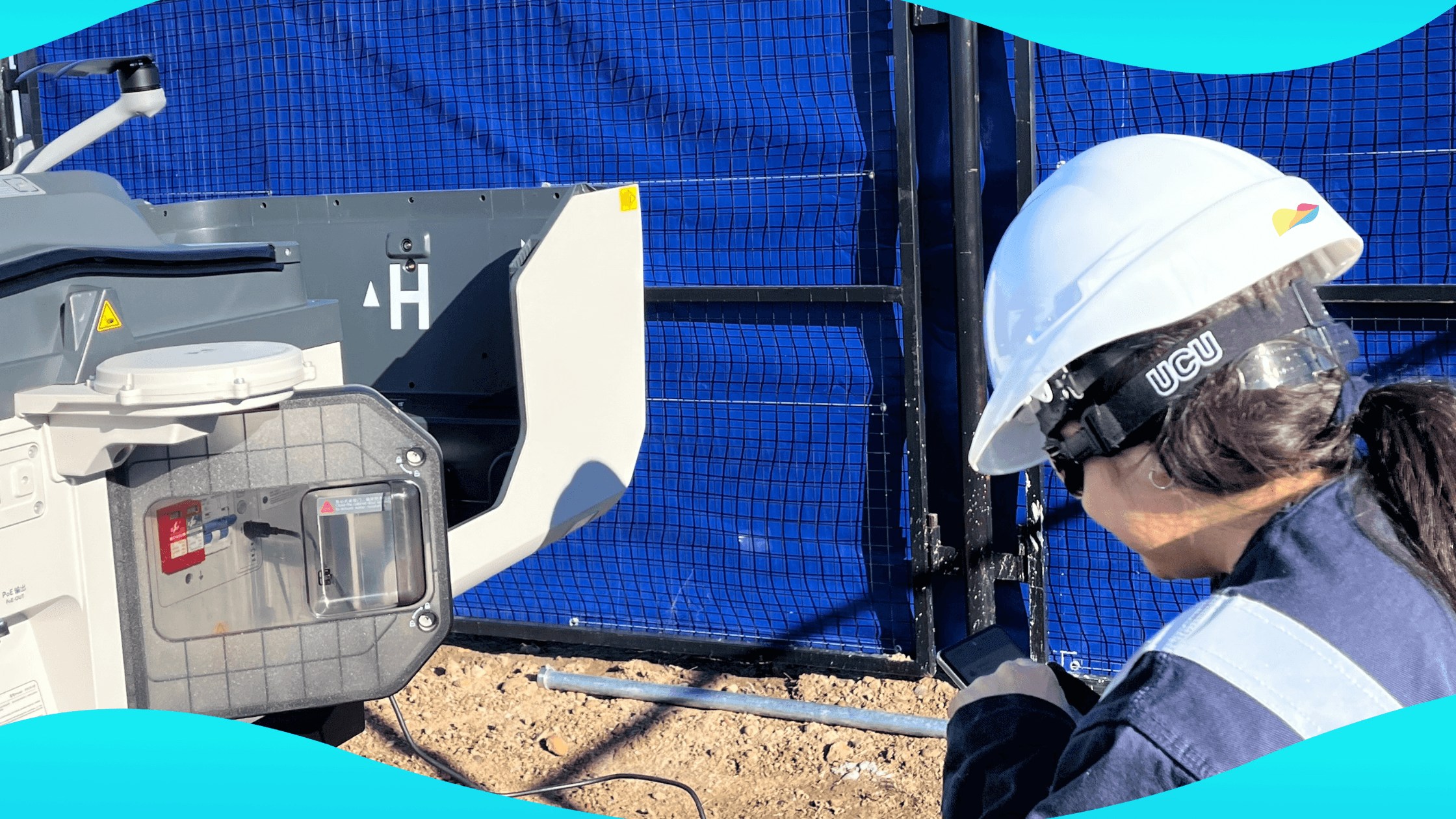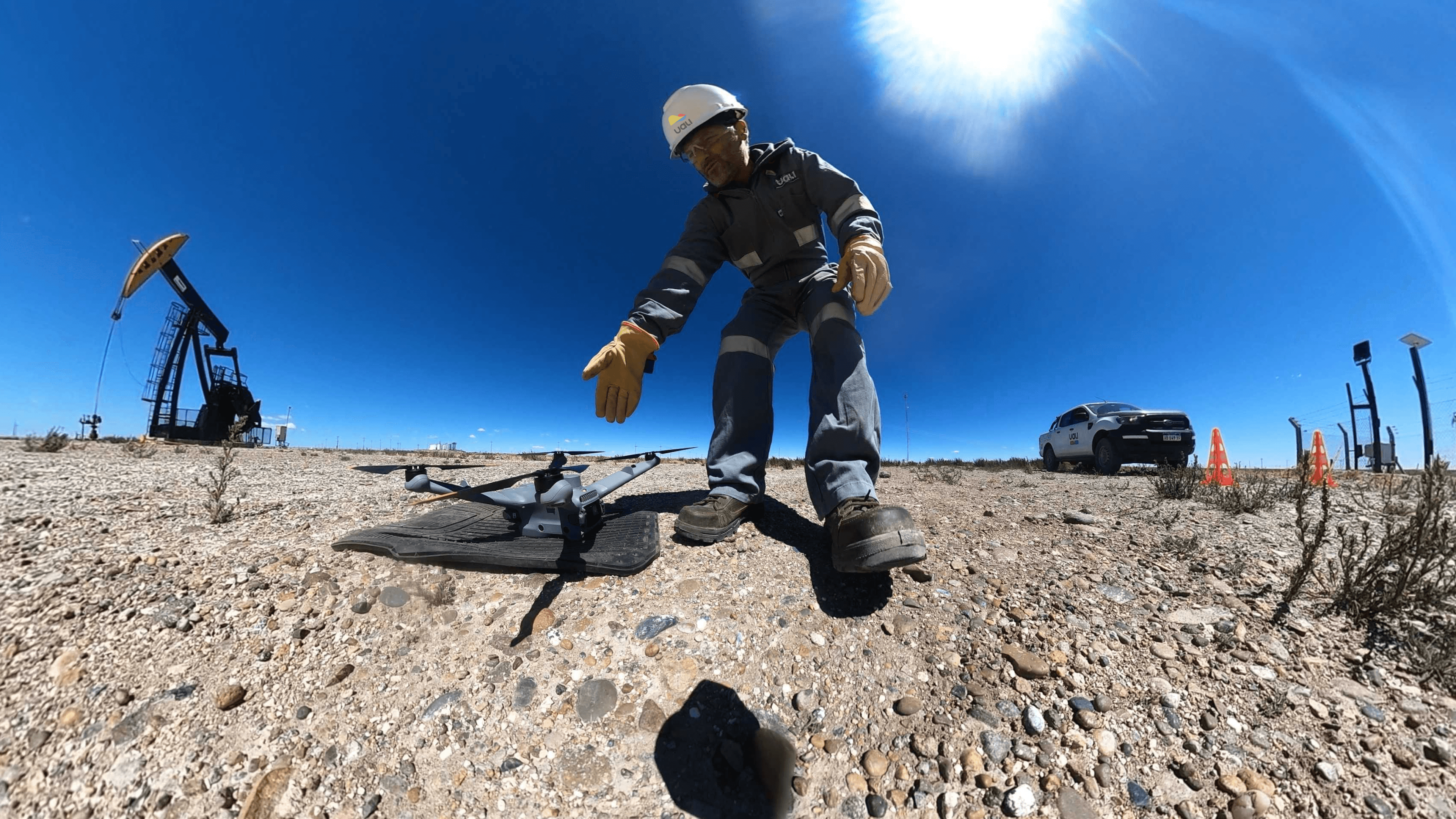News
What happens when production rises but failures remain?
In a scenario of increased activity and operational pressure, energy assets demand more constant, precise and scalable monitoring. Although productivity in the sector continues to grow, true efficiency is only achieved when that growth does not result in a proportional rise in failures or risks. So, how can we prevent increased production from translating into more incidents? The answer lies in data-driven prevention.

A sector that is expanding… and a challenge that grows with it
Over recent years, multiple indicators have shown a sustainable growth in productivity across the energy sector. Oil fields, processing plants, power lines and renewable parks are operating at increasing higher risk capacities.
But, the challenge emerges on the other side of the equation: higher production means higher risk probability
When inspections continue to be manual and low-frequency, the operational risk remains — or even worse, increases — generating unplanned shutdowns, production losses, higher costs and unnecessary expenses for the crew.
→ To delve deeper into this topics, we recommend you to read “Industry 4.0: the new language of energy efficiency”
A turning point: intelligent preventive maintenance
Although infrastructure can scale with production growth, wear and deterioration accelerate as well. Traditional methods — long travel times, operational interruptions and exposure of on-site personnel — can no longer keep up with current demand.
The adoption of technologies such as robotics, artificial intelligence and IoT is redefining this dynamic:
- Enables more frequent inspections without stopping operations.
- Reduces field personnel exposure.
- Provides accuracy, traceability and early anomaly detection.
- Facilitates preventive rather than reactive management.
“It is a very large industry operating at a massive scale; our goal is to support that growth.” — Ian Bogado, CEO of Uali.
An Integrated Platform: Uali’s Differentiator
In a context where energy companies generate enormous volumes of information, the key is not only to capture data but to turn it into decisions. This is where Uali’s platform enhances the entire operational cycle.
After every flight session — which can exceed 1,020 assets inspected in a single day — all the collected data is automatically processed within our platform. AI analyses the images, classifies events and detects anomalies with precision, highlighting issues that may escalate if not addressed in time.
→ Curious about how the Uali management platform works? Don’t miss “Uali’s management platform turns data into decisions for the energy sector”
This allows companies such as Pan American Energy, YPF, Chevron and Shell among others, to access in a single place:
- The real-time status of all their assets.
- Early anomaly alerts.
- Trends and deterioration patterns.
- Actionable information for maintenance planning.
At Uali, we combine drones with IoT and artificial intelligence to deliver precise, actionable information to the energy industry — improving decision-making processes and generating a positive environmental impact. Get to know us!
Andrés Halac
Business Developer


